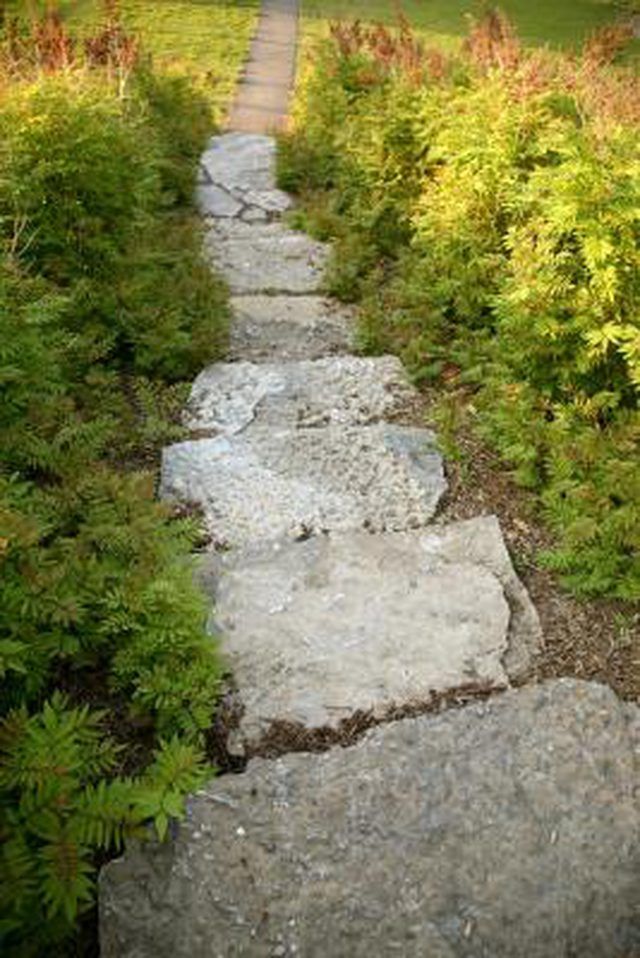Bulbs
Flower Basics
Flower Beds & Specialty Gardens
Flower Garden
Garden Furniture
Garden Gnomes
Garden Seeds
Garden Sheds
Garden Statues
Garden Tools & Supplies
Gardening Basics
Green & Organic
Groundcovers & Vines
Growing Annuals
Growing Basil
Growing Beans
Growing Berries
Growing Blueberries
Growing Cactus
Growing Corn
Growing Cotton
Growing Edibles
Growing Flowers
Growing Garlic
Growing Grapes
Growing Grass
Growing Herbs
Growing Jasmine
Growing Mint
Growing Mushrooms
Orchids
Growing Peanuts
Growing Perennials
Growing Plants
Growing Rosemary
Growing Roses
Growing Strawberries
Growing Sunflowers
Growing Thyme
Growing Tomatoes
Growing Tulips
Growing Vegetables
Herb Basics
Herb Garden
Indoor Growing
Landscaping Basics
Landscaping Patios
Landscaping Plants
Landscaping Shrubs
Landscaping Trees
Landscaping Walks & Pathways
Lawn Basics
Lawn Maintenance
Lawn Mowers
Lawn Ornaments
Lawn Planting
Lawn Tools
Outdoor Growing
Overall Landscape Planning
Pests, Weeds & Problems
Plant Basics
Rock Garden
Rose Garden
Shrubs
Soil
Specialty Gardens
Trees
Vegetable Garden
Yard Maintenance
What to Plant Between a Flagstone Path
What to Plant Between a Flagstone Path. Flagstone pathways create a distinct route to a property and withstand years of wear and tear with minimal maintenance. Hundreds of plants are available to fill the gaps between flagstones while adding color and texture to offset the stone.
Flagstone pathways create a distinct route to a property and withstand years of wear and tear with minimal maintenance. Hundreds of plants are available to fill the gaps between flagstones while adding color and texture to offset the stone.
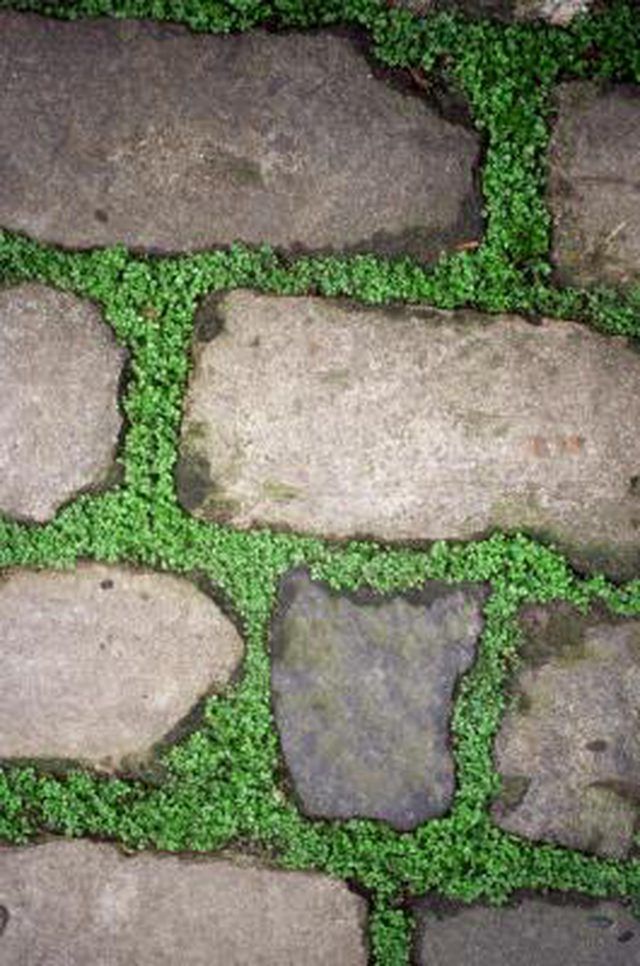
Herbs are easy to maintain and add an aromatic quality to the flagstone pathway. Roman chamomile and several varieties of thyme, including archerís gold and red creeping thyme, are adaptable to dry conditions and can be used in food preparation.
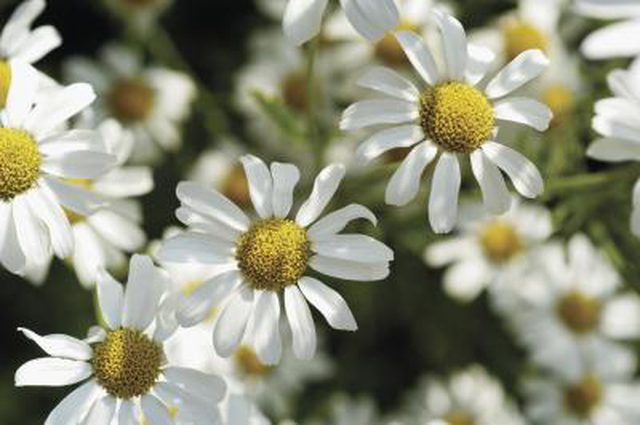
Many plants keep a tight, low-to-the-ground profile and are used between stone paths. The eleocharis radicans Miniature Rush is close in appearance to grass and hugs the ground. Several varieties of speedwell, stonecrops and sedums flourish between flagstones and can tolerate harsher climates.
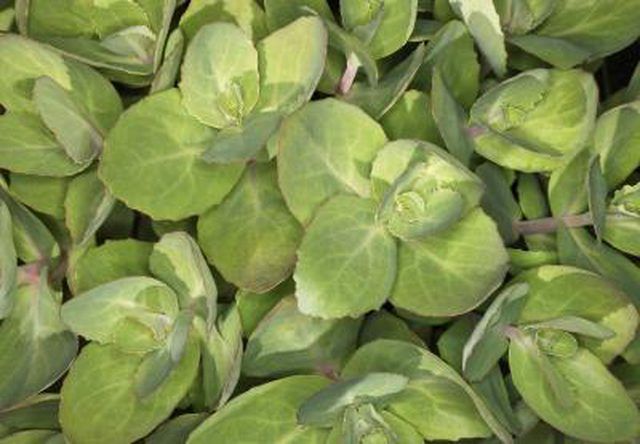
Mosses are always a favorite for pathways but the soil conditions, moisture needs and shade requirements must be met for moss to survive. Sagina Irish and sagina Scotch moss match shade needs.
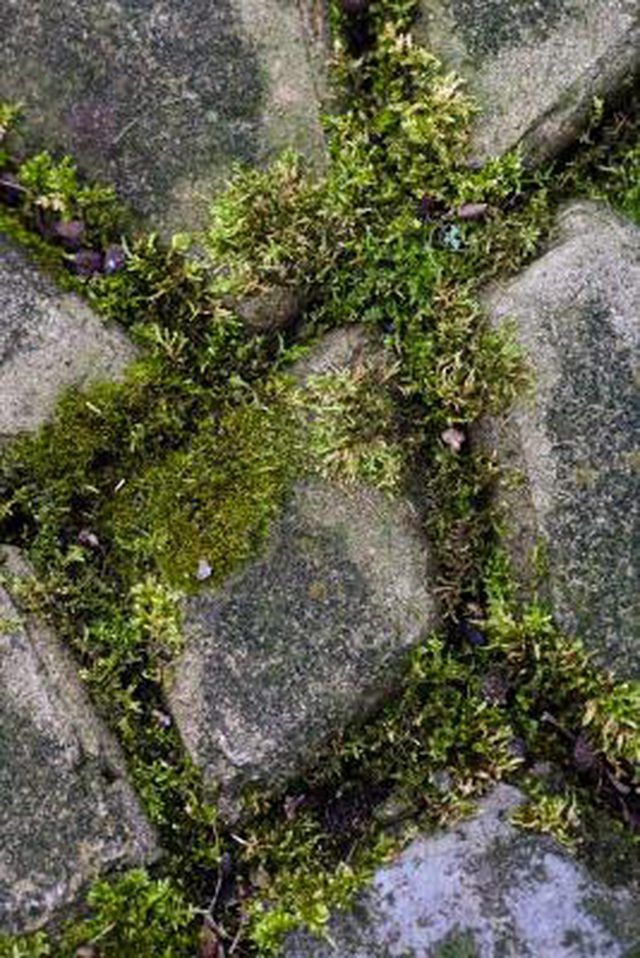
Because of flagstone characteristics, combining plant types will enliven a path and define borders. Consider daily traffic along with sunlight and soil conditions.
